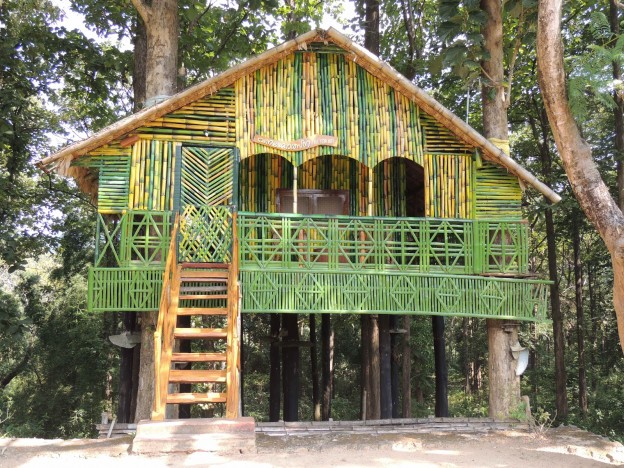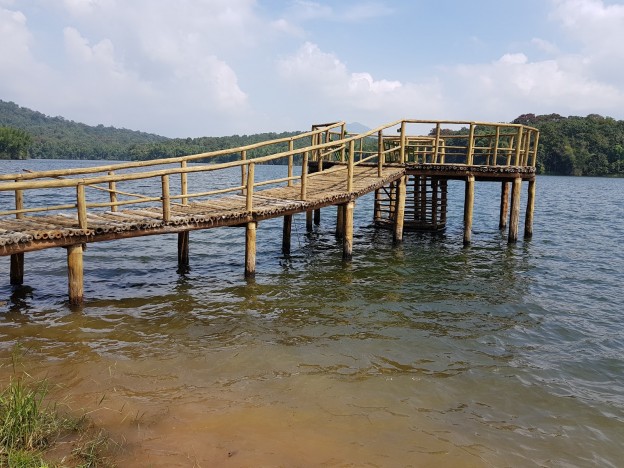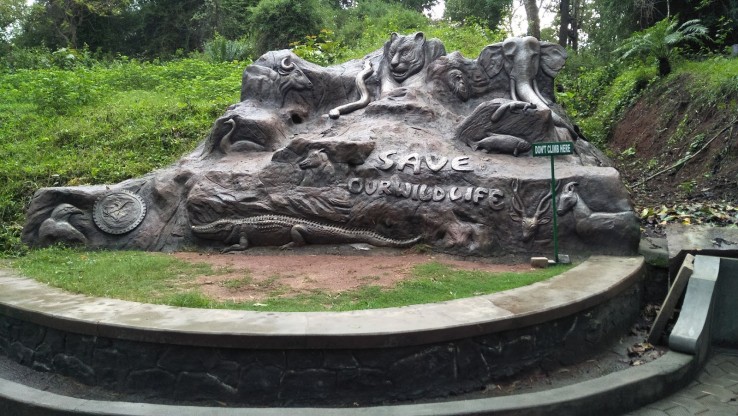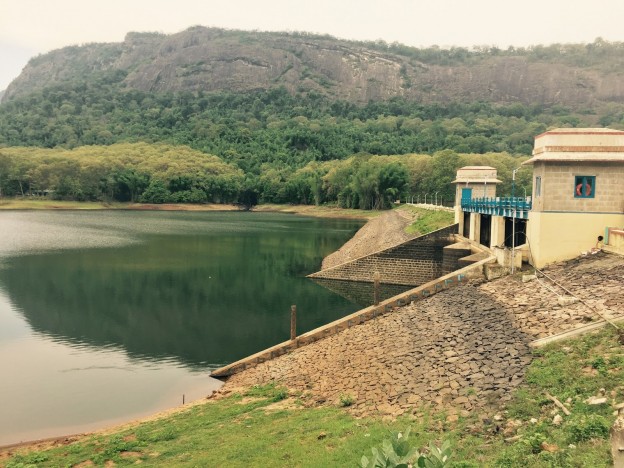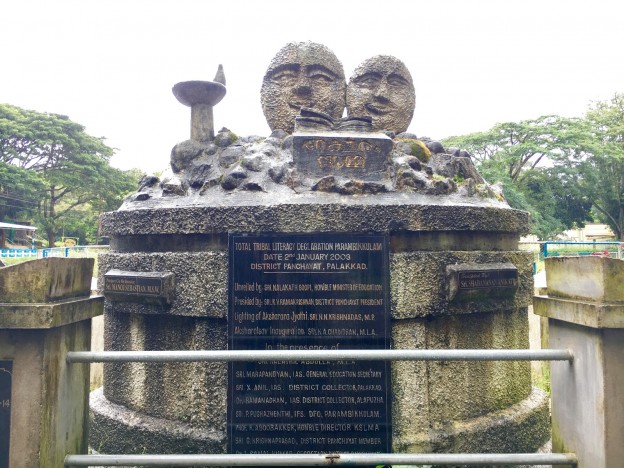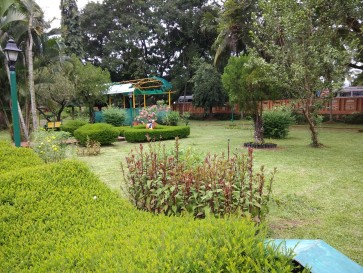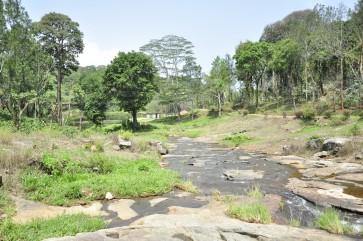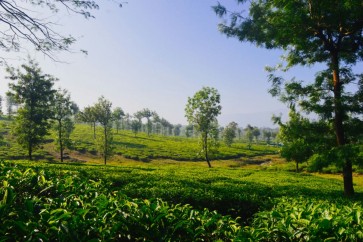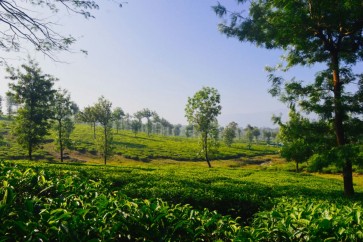Parambikulam Wildlife Sanctuary Travel Map
There are around 1049 species of insects, 124 species of butterflies, 61 species of reptiles and 268 species of birds inhabiting the sanctuary. 39 species of mammals, 47 species of fishes and 16 species of amphibians are also found here. Some of the commonly seen animals in this sanctuary are the Indian tiger, elephant, Nilgiri langur, leopard, sloth bear and sambar. Birds like grey-headed fishing eagles, great black woodpeckers, Nilgiri wood pigeons, black-capped kingfishers and hornbills are seen in this sanctuary. Common Asiatic toads, king cobras, wrinkled frogs and Western Ghats flying lizards are some of the reptiles and amphibians inhabiting the sanctuary. This sanctuary has around 1432 species of plants, 359 species of trees, 152 species of climbers and 268 species of shrubs. Some of the major attractions of this sanctuary are the Salim Ali Gallery, Modern Nature Interpretation Centre, Kannimara Teak and Salim Ali Bird Interpretation Centre. There are many other attractions located near the sanctuary, such as the Shola Forests, Parambikulam Dam, Dam View Point, Valley View Point, Thunakadavu Dam and Karimala Gopuram. Parambikulam Wildlife Sanctuary is situated between the Nelliyampathy ranges of Kerala and Anaimalai Hills of Tamil Nadu. The sanctuary is situated near a reservoir that is inhabited by aquatic fauna, including mugger crocodiles. It is believed to be established in the 19th century, soon after the after the division of this area into two parts, Sungam Forest and Parambikulam Forest Reserve. This sanctuary covers an area of 285 sq km and is believed to be reorganised in 1985. Various tributaries of the Kuriarkutty River and Karappara River flow through this region. Kadar, Muduvar, Malasar and Malamalasar are some of the communities residing in this sanctuary. A few other human settlements existing in the in the sanctuary comprise the Sungam, Kadas Colony, Poopara and Earth Dam Colony.
Other Places To Visit In Nelliyampathy
Anappady, Parambikulam Road, Thunakadavu, Palakkad District, Parambikulam, Kerala 678661, India
Opening Day
Monday: 8:30 AM – 3:00 PM
Tuesday: 8:30 AM – 3:00 PM
Wednesday: 8:30 AM – 3:00 PM
Thursday: 8:30 AM – 3:00 PM
Friday: 8:30 AM – 3:00 PM
Saturday: 8:30 AM – 3:00 PM
Sunday: 8:30 AM – 3:00 PM
